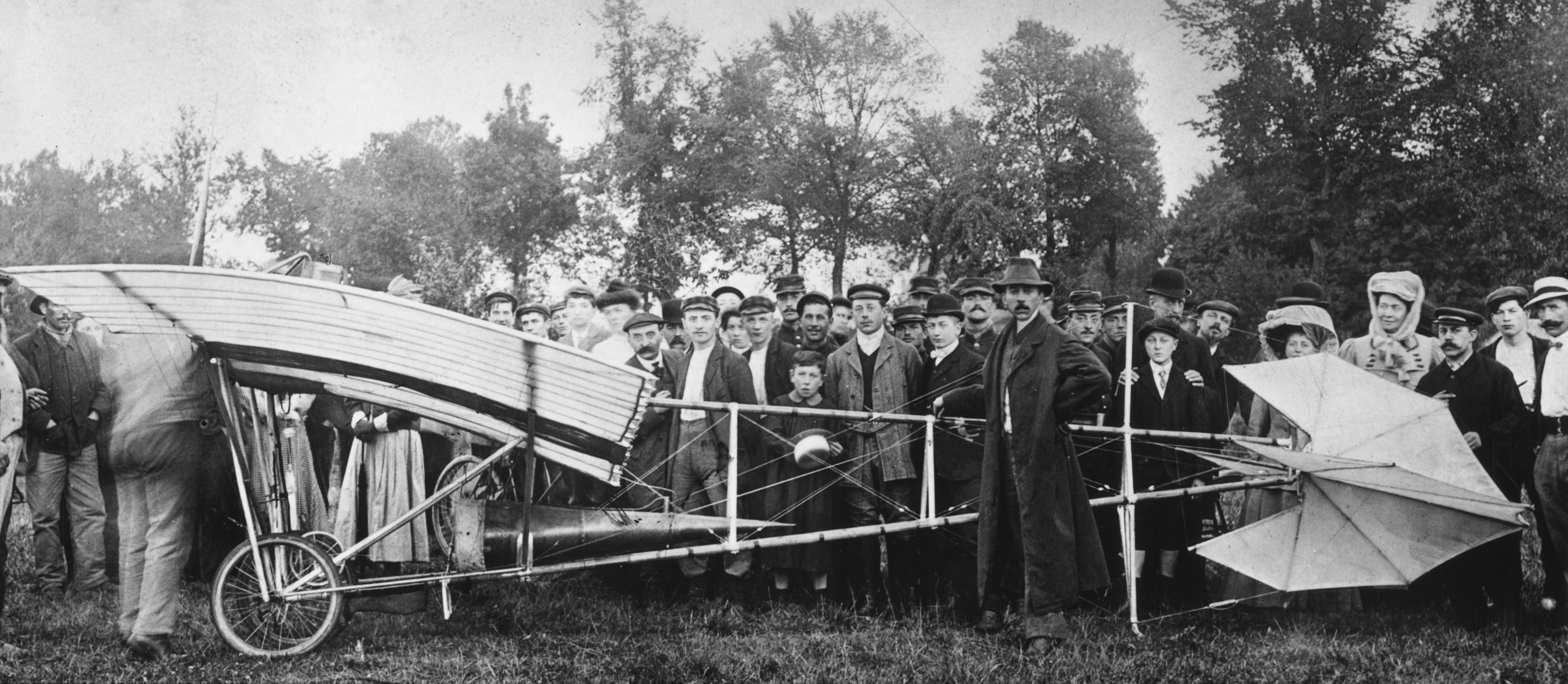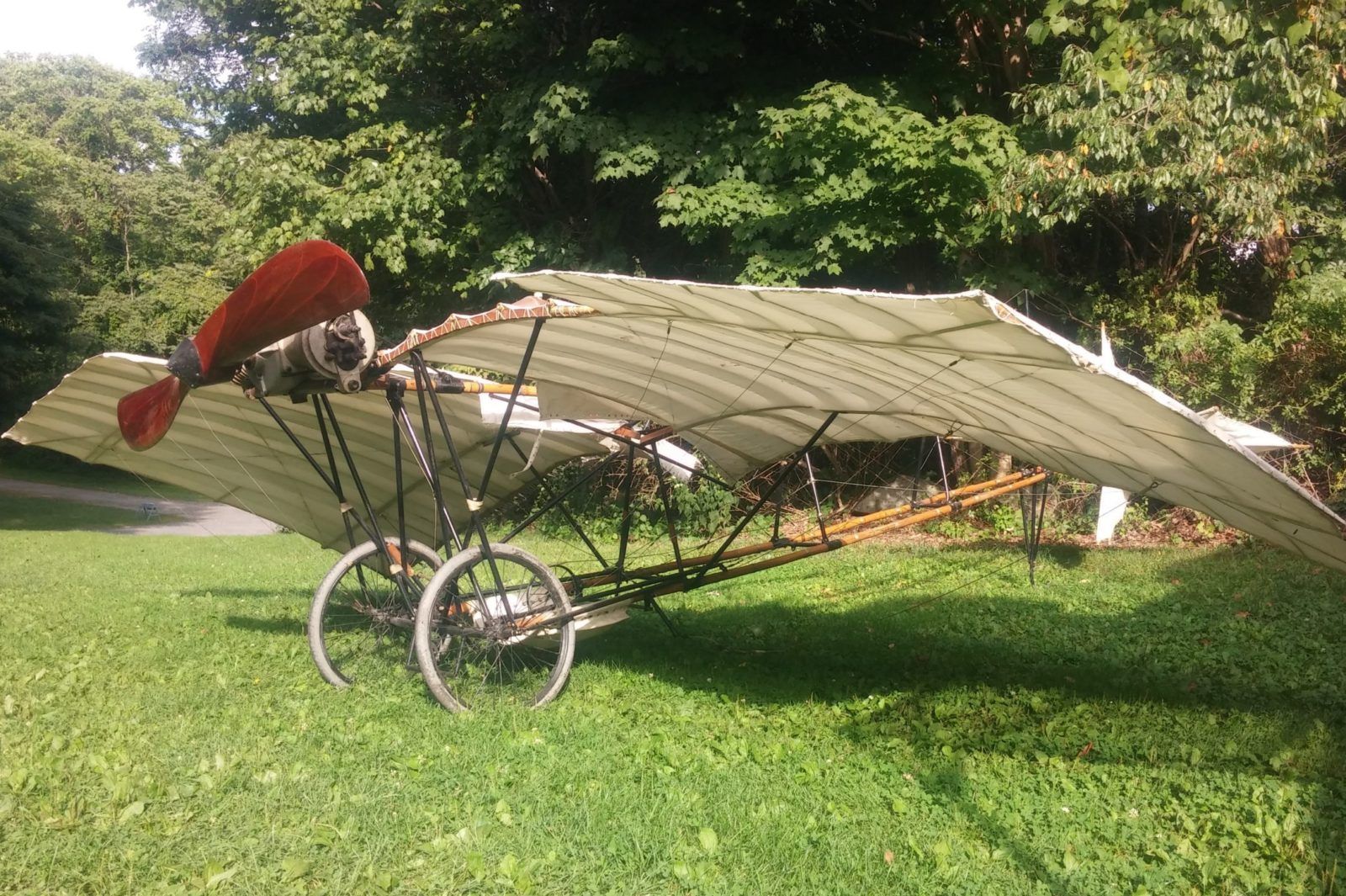The Santos-Dumont Demoiselle exemplifies the international nature of aviation. The experimental aircraft was built by a Brazilian innovator on French mainland, and the series conducted its first flight in 1907.
Intercontinental connection
Alberto Santos-Dumont was the force behind the project. The Palmira-born aviator built the first Demoiselle, the No. 19, in a bid to win the Grand Prix d'Aviation, with the goal being a one-kilometre closed-circuit flight.
The Demoiselle was an innovation for its time. The plane is viewed as one of the first ultralight aircraft across the globe.
The aircraft made three flights on November 17th, 1907, at Issy-les-Moulineaux. Yet, several changes were then made to the plane.
Eventually, the Demoiselle No. 20 was formed. It was a high-wing monoplane backed by a choice of 24 or 30-horsepower engines mounted to the wing’s leading edge. The aircraft had the capacity for one pilot and offered a maximum speed of 90 km/h (60 mph). Its length was 6.07 m (20 ft 3 in), the wingspan was 5.49 m (18 ft 0 in), and the height was 2.40 m (7 ft 10 in).
The Demoiselle was the final plane series to be built by Santos-Dumont, and he flew around Paris and neighboring areas with the aircraft. The production helped the aviation scene grow, with other pioneers such as Rolan Garros utilizing the aircraft to learn how to fly.
​​​
No secrets
The Old Rhinebeck Museum in Red Hook, New York, which houses a reproduction of the Demoiselle, shares the following about Santos-Dumont and the series:
“In 1907 he designed and built the Demoiselle (nicknamed the “infuriated grasshopper”) using bamboo extensively. He made plans available and many were built around the globe. Instead of a conventional control stick placed in front of the pilot, one was located behind the seat and the pilot would slip into the Demoiselle sliding the control stick into a pocket sewn into the back of the flight suit. Leaning to the left or right actuated the wing warping system thus banking the aircraft while in flight. The Demoiselle is an excellent example of a pioneer aircraft demonstrating that aircraft design was still in its infancy, and that standardized methods of control had not yet been developed.”
Stay informed: Sign up for our daily and weekly aviation news digests.
An integral force
Santos-Dumont made the most out of his time in France Notably. He befriended Louis Cartier and influenced the jewelry industry, as he highlighted that timekeeping during flight with a pocket watch was a nuisance. Thus, Cartier soon developed the concept of a wristwatch for such matters. The Santos de Cartier is still a product today.
Santos-Dumont is a Brazilian national hero and influenced global aviation for decades to come. He has numerous aeronautical feats to his name. However, his life ended in tragedy as he committed suicide three days after his 59th birthday in July 1932. He was seriously ill before his death, and his detonating health led to a downward spiral.
Despite the tragic ending, his name is well-preserved across Brazil, with airports, streets, and landmarks named after the innovator. Overall, the Demoiselle is a fantastic representation of early aviation creativity.
What are your thoughts about the Santos-Dumont Demoiselle? What do you make of the history of the aircraft? Let us know what you think of the plane and its journey in the comment section.


